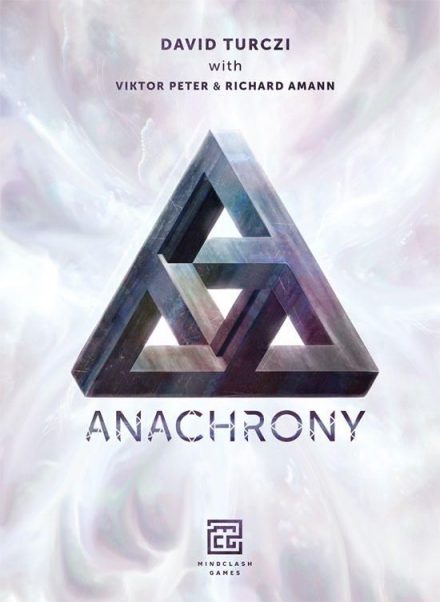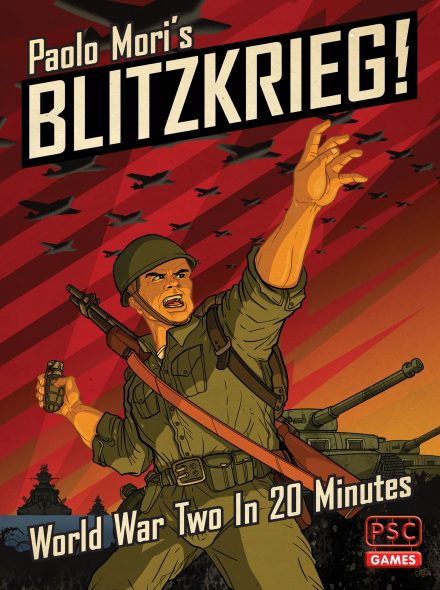Castles of Burgundy is a legendary Board Game design created by Stefan Feld. In this 1-4 players tabletop experience, you will take on the role of an aristocrat controlling a small princedom. Trying to build a settlement with powerful castles, practice trades, exploit silver mines, and use the knowledge of travelers.
Now, this timeless game is coming back with an extremely polished, high-end special edition resulting from a collaboration between Ravensburger and Awaken Realms.
In this special edition, you can expect a complete re-design of art and layout to ensure that every piece will have great art and enhance in-game usability. Only the best materials (cardboard, cart paper, box, insert, etc.) will be used to provide endurance, and a premium feel. Many extra components will bring the gaming experience to the next level, such as double-layered player boards, special bags for hexes, 30% bigger tiles, or metal coins.
The Castles of Burgundy is set in the Burgundy region of High Medieval France. Each player takes on the role of an aristocrat, originally controlling a small princedom. While playing, they aim to build settlements and powerful castles, practice trade along the river, exploit silver mines, and use the knowledge of travelers.
The game is about players taking settlement tiles from the game board and placing them into their princedom, which is represented by a Duchy board that is placed in the Player board.
Game Mechanics:
- Set Collection
- Solo / Solitaire Game
- Team-Based Game
- Tile Placement
Game Specifications:
- 1 – 4 Players
- 70 – 120 Minutes
- Difficulty Weight 2.83










